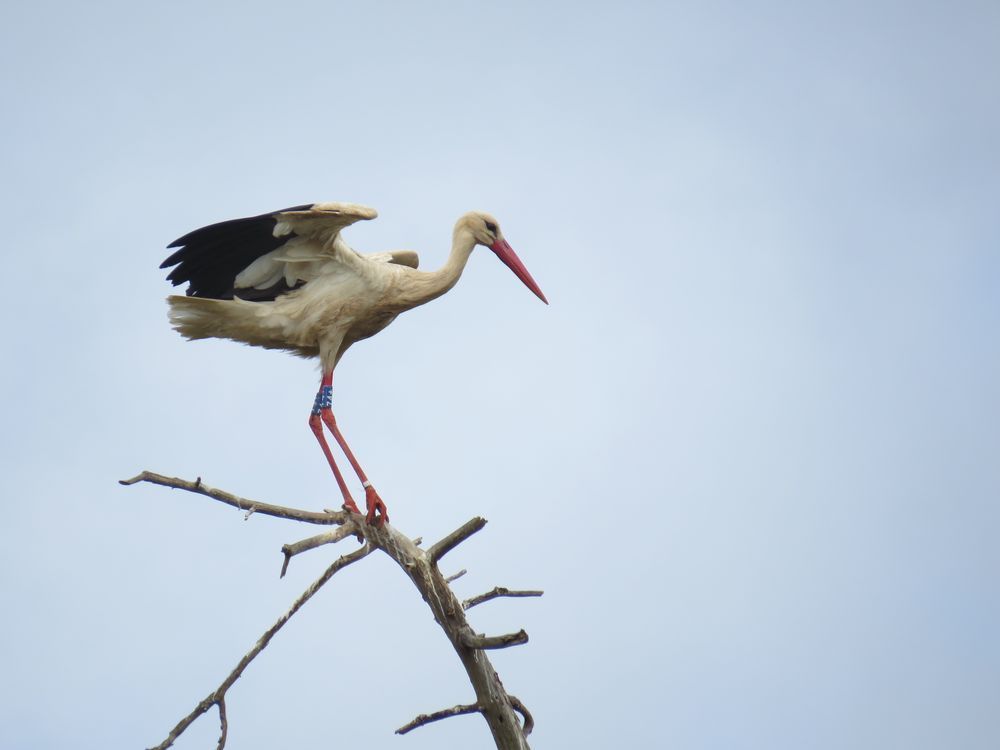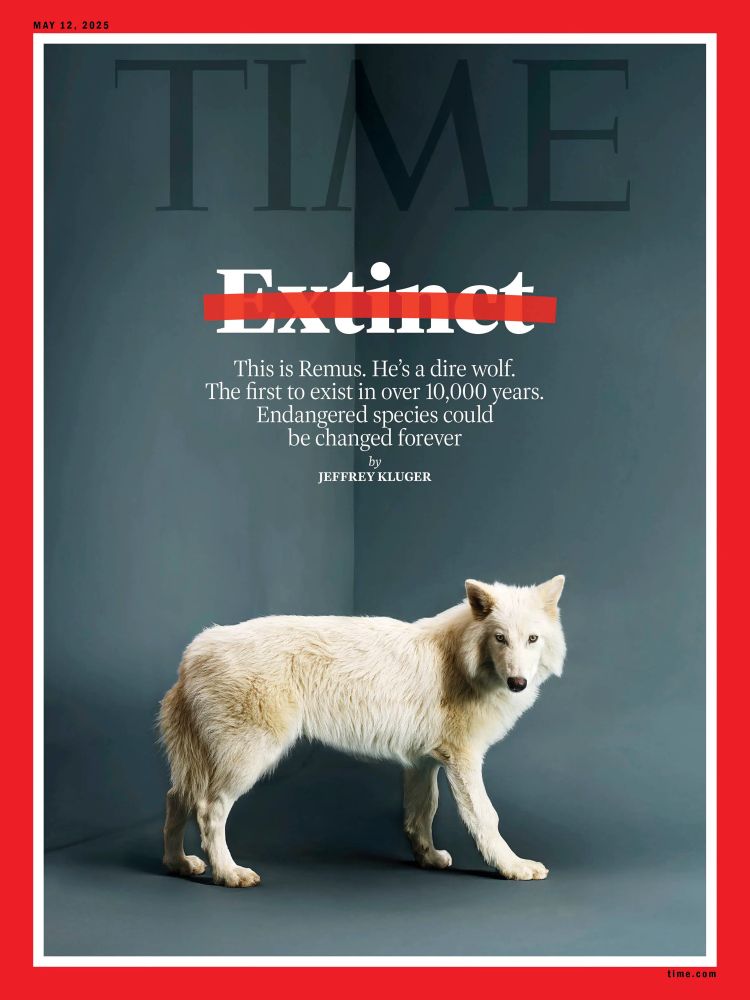Pedro Andrade
@evopaa.bsky.social
180 followers
130 following
8 posts
Evolutionary biology • Natural history • Science communication
Posts
Media
Videos
Starter Packs
Pedro Andrade
@evopaa.bsky.social
· Jun 6
Pedro Andrade
@evopaa.bsky.social
· Jun 6
Pedro Andrade
@evopaa.bsky.social
· Apr 20
Reposted by Pedro Andrade
Reposted by Pedro Andrade
Pedro Andrade
@evopaa.bsky.social
· Apr 3
Pedro Andrade
@evopaa.bsky.social
· Apr 3

Mechanisms underlying the loss of migratory behaviour in a long‐lived bird
White stork populations in Iberia are undergoing a profound change in their migratory patterns, becoming mostly resident. By combining census data, GPS-tracking and genomic analyses, Andrade et al. l....
besjournals.onlinelibrary.wiley.com





